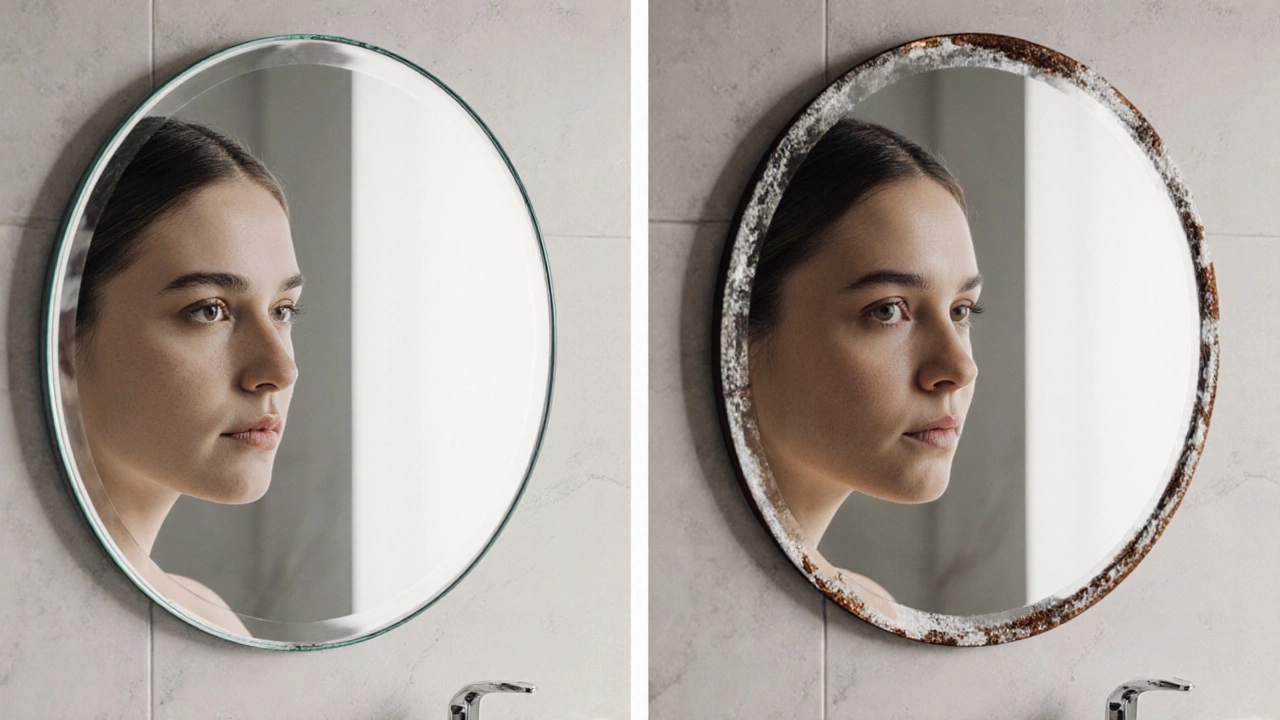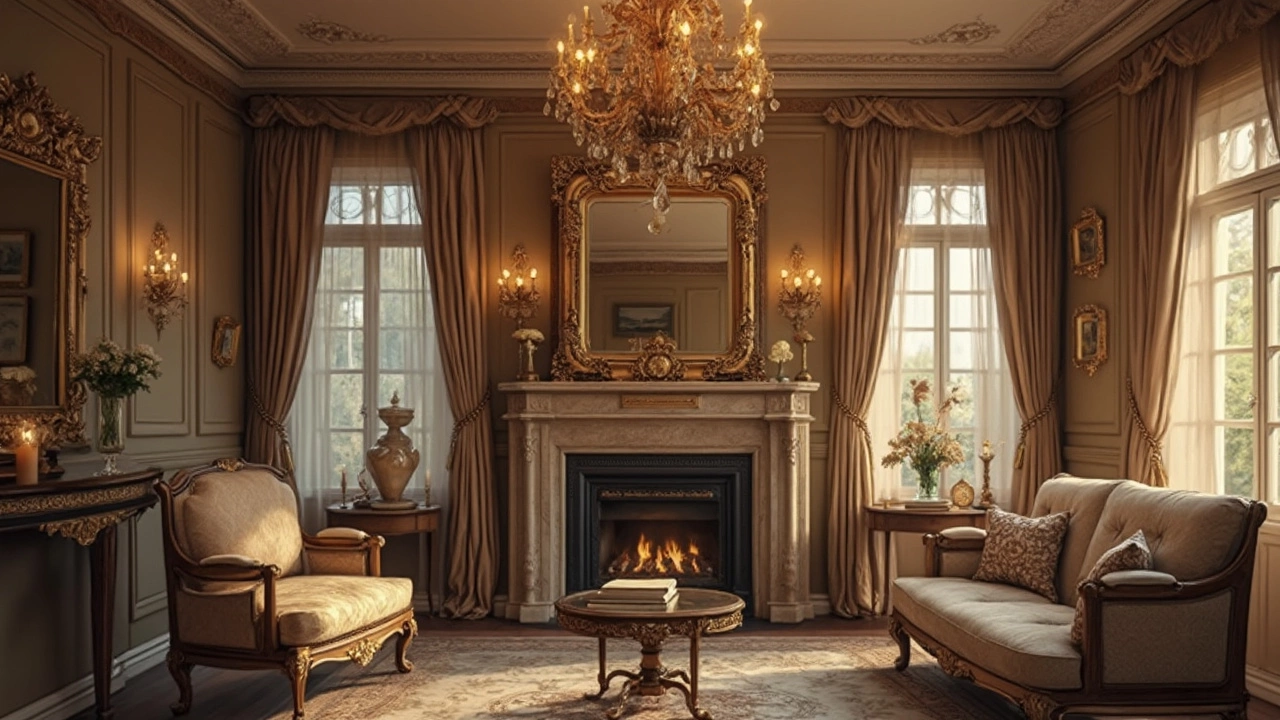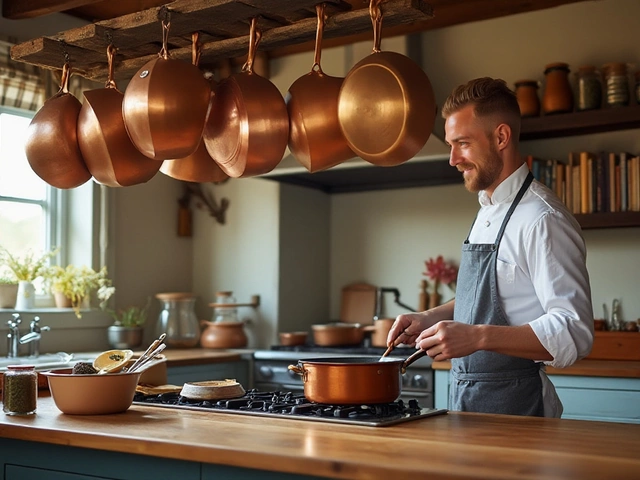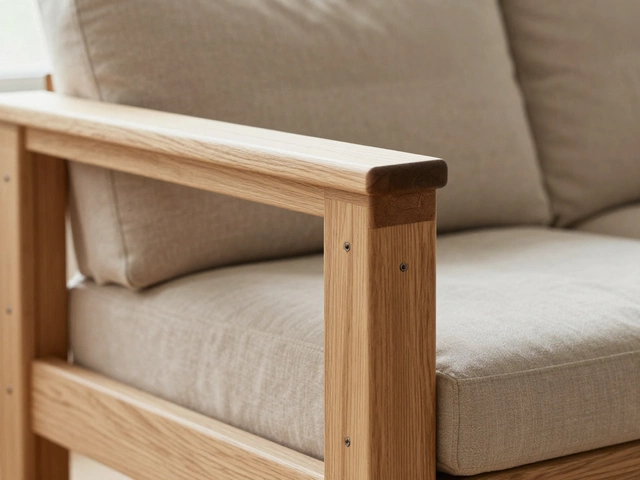Mirror Quality Guide – Spot the Best Mirrors for Your Home
When you pick a mirror, you’re not just buying a reflective surface – you’re adding a design piece that can change a room’s feel. A good mirror should be clear, sturdy, and fit the style you want. Below you’ll learn the quick checks that separate a cheap glass pane from a quality mirror, plus a few common pitfalls to avoid.
How to Spot a Good Mirror
First, look at the edges. High‑quality mirrors have smooth, beveled edges that feel solid to the touch. If the edge is sharp or chipping, the glass isn’t well‑finished and may crack later.
Next, check the surface. Hold a flashlight up to the mirror. If you see a faint pattern of lines, warping, or a dull spot, the reflective coating is uneven. A true quality mirror reflects a crisp, distortion‑free image from every angle.
Weight matters too. Heavier mirrors usually have a thicker glass pane and stronger backing. When you lift a medium‑size mirror, it should feel substantial, not flimsy. A lightweight feel often means cheaper glass that can break more easily.Finally, think about the backing material. Mirrors backed with solid metal or high‑grade acrylic tend to resist humidity and temperature changes better than those with thin paint layers. This matters most in bathrooms or kitchens where steam is common.
Common Mistakes and Quick Fixes
One mistake many shoppers make is focusing only on the frame. A fancy frame looks great, but if the glass inside is low‑grade, the mirror will fog up or lose its shine over time. Always inspect the glass first, then the frame.
Another slip‑up is hanging the mirror too close to direct sunlight. Even the best mirrors can develop hot spots or fade the backing if they’re in constant glare. Position the mirror where natural light is diffused, or use a UV‑filtering film if you can’t avoid bright windows.
If you already own a mirror that looks cloudy, a quick clean with a vinegar‑water mix can remove surface film, but it won’t fix underlying coating issues. In that case, consider swapping it out – a clear mirror is worth the investment for a bright, spacious look.
Our tag collection also covers specific mirror topics you might find useful: “Ultimate Guide: Choosing the Perfect Mirror Shape for Your Space” helps match shape to room layout, while “3 Types of Mirrors Explained: Plane, Concave & Convex for Home Spaces” breaks down how each type works. Jumping between these articles gives you a fuller picture of how quality, shape, and style all play together.
Bottom line: a quality mirror is sturdy, has smooth edges, shows a distortion‑free reflection, and uses a robust backing. Test these points before you buy, and you’ll end up with a piece that brightens your walls for years.

What Is the Difference Between Expensive and Cheap Mirrors?
Expensive mirrors use high-quality glass, silver backing, and protective layers for true reflection and long life. Cheap mirrors distort images, peel quickly, and cost more over time. Know what to look for before you buy.

Are Expensive Mirrors Worth the Splurge?
Ever wondered why some mirrors come with hefty price tags? This article dives into what makes expensive mirrors stand out, considering factors like glass quality, frame designs, and craftsmanship. It offers practical tips on whether spending more actually means better quality. Discover the importance of mirrors in home decor and how to choose the right one for your space. Equip yourself with the right knowledge to make informed mirror purchases.
Categories
- Storage (27)
- Bathroom (18)
- Sofas (15)
- Curtains (15)
- Home Decor (12)
- Bedding (11)
- Kitchenware (11)
- Cushions (11)
- Mirrors (10)
- Rugs (9)
Popular Articles



